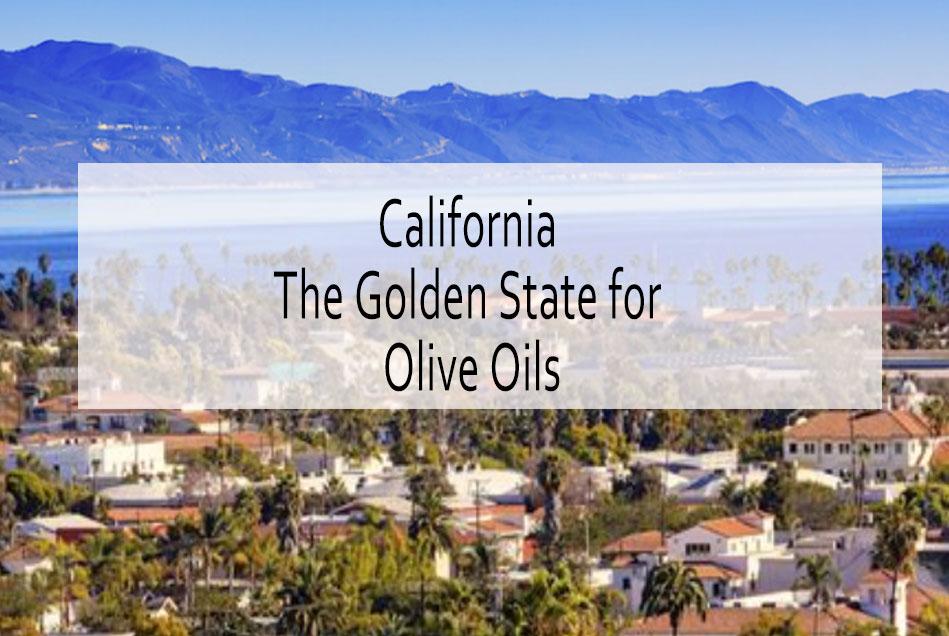Not too long ago, before The Golden State California became internationally recognized for its exceptional wines, there were only 2 or 3 choices of wine at most restaurants in California.
You could choose between red wine (usually Burgundy) or white wine, usually, a Chablis and that was it.
Nowadays, pages of a wine menu are devoted not only to a region but also to specific grapes.
Today, California is synonymous with wine. But in the near future, California will also be known for its amazing olive oils.
Did you know there are over 1000 types of olives?
Olives are fruits, growing best in a Mediterranean climate, which California enjoys as well. Many olives can be eaten whole, but in order to make them into olive oils, we have to look at history.
We can thank our ancestors for doing all the heavy lifting because today we can custom make olive oil like never before.
How extra virgin olive oil is crafted:
Extra Virgin is a term used to describe the highest grade of olive oil. In this form it is delicate, can burn if the fire on the stove is too hot and imparts beautiful, unique flavors when added to your food.
- Extra Virgin Olive Oil is a fruit juice and it is fresh and over time will decompose and become rancid.
- This means that during its ‘lifespan’ it will change, just as all living things do.
- In the beginning, olive oil is like a child, wild, exciting but a little all over the place.
- As the oil settles, the flavor forms and is best realized about 5 months after harvest.
Like all things taste related, this is subjective. What is certain is that the oil will mellow and nuanced flavors can be noticed that were previously overshadowed.
Did you know olive oil is most intense in the beginning and then fades after 3 years?
This is just part of the taste equation. The other 2 factors are the ripeness of the olive and the type of olive.
There is a saying, ‘the blacker the berry the sweeter the juice’, and with Olive Oil that is true.
Ripe black olives:
Most olives ripen black and as the olive ripens, you get a smoother, softer more mellow oil. It is also cheaper for the olive producer to make and though it is much less bitter, you do end with an oil with fewer polyphenols.
Less ripe olives:
When making olive oil from a less ripe olive, while it is more expensive for the producer to make, it does have a more robust flavor profile and offers quite a few more polyphenols.
California grows some of the best olives in the world
More and more California olive orchards are coming online and being introduced to the world.
During this year's greatest olive oil competition at the NYIOOC, and with over 1000 entries from around the globe, there were 40 gold medals for the USA, which is by far the greatest achievement the USA has garnered thus far. And the majority were from California!
Our 125-year-old farm produces Mission Olives.
Mission olives are unique to California because nobody really knows which varietal they stem from.
We harvest the Mission Olive unripe to mid ripe which makes a robust oil with grassy flavors, pungent and slightly bitter.
We enjoy the strong flavor from the Mission Oil and we hope you do too!
Feel free to try one of our award-winning olive oils.

